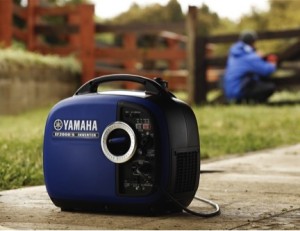 We’ve discussed the shocking vulnerability of America’s power grid (no pun intended) many times on these pages, and for good reason. The likelihood that an act of terrorism, a cyber attack, or even a simple equipment malfunction will turn out the lights across a massive slice of the country is very real.
We’ve discussed the shocking vulnerability of America’s power grid (no pun intended) many times on these pages, and for good reason. The likelihood that an act of terrorism, a cyber attack, or even a simple equipment malfunction will turn out the lights across a massive slice of the country is very real.
This type of “grid down” scenario could last hours, days, or even weeks, depending on the severity. The longer the outage, the more severe the consequences become, and more a well-thought-out backup plan pays off.
When most of us consider this type of SHTF scenario, we immediately assume that a big, rip-roaring gas or diesel generator will be the answer to all our problems.
Unfortunately, that’s a little too simplistic for most situations. As we learned in Recent Real World SHTF Scenarios generators come with their own set of drawbacks, especially in urban/suburban settings.
For example, noisy generators can attract unwanted attention from authorities, looters, or even pushy neighbors. Also, we know that generators require fuel to operate. How likely is it that fuel pumps will be working during a power outage? If they are working, how long do you think the lines at those pumps will be?
These are just a few of the considerations that make backup power generation slightly more complicated that just pulling the cord and firing up the ol’ Briggs and Stratton. Efficiency, operational security, and good old-fashioned pragmatism require that you spend a bit more time ensuring that your home base will be adequately operational during in an extended outage.
